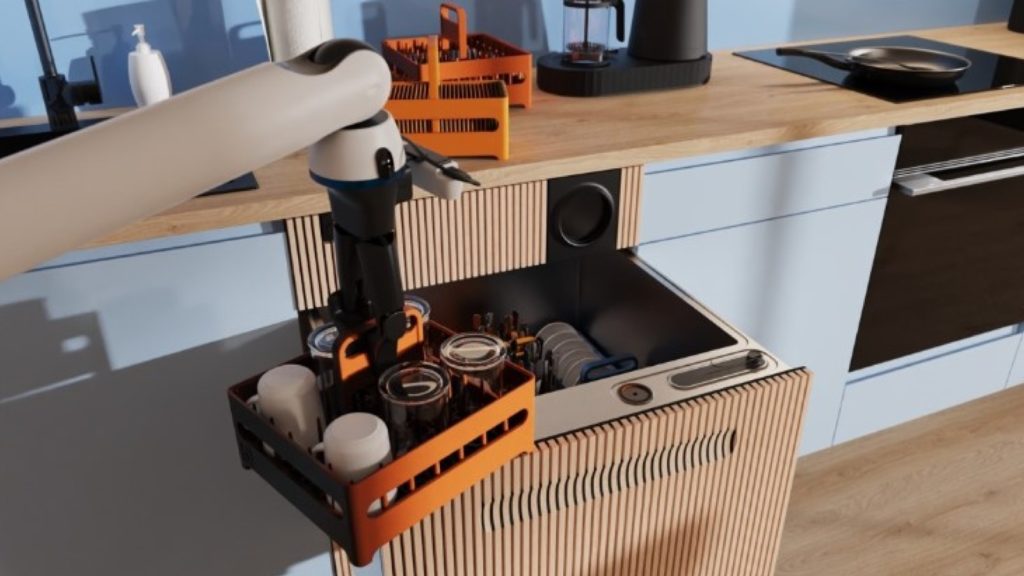For the sixth year running, Electrolux Group has collaborated with students from the Umeå Institute of Design (UID) in Sweden to develop robot appliances for the home of the future.

This year’s brief was to envision appliances for a home assistant robot as the primary user, and humans with diverse needs as the owners.
The students explored what new solutions and product designs might be suitable if cleaning, cooking, dishwashing and washing were done primarily by the robot and secondarily by humans.
Sponsored Video
They designed for a diverse set of consumers: the visually impaired, an elderly couple with limited mobility, and an older person living alone.
Design director dish care, business area europe, Electrolux Group Thomas Johansson said: “As we look to the future, we know that robots will play a greater role in all our lives. And that provides a fascinating opportunity to explore how we could design home appliances for personal robots to use to help consumers who face challenges.
“We were pleased that the students’ ideas solved challenges faced by their target user but were also solutions that a wide variety of consumers would appreciate and even enjoy.”
The students ideas included a dishwashing robot to assist a blind consumer, robot vacuum for the elderly, cooking robot solution to aid the blind and a laundry solution to help an elderly person living on their own.

Tray Flex Assist carries dishes, glassware and cutlery to and from the table in trays with a handle at the top.
The trays – in high-contrast colours for those with partial sight – can be placed directly into the drawer-style dishwasher.
The dishwasher, which is voice-operated, features an opening for the robot to place its hand to be washed by a silicone brush.

Designed for the elderly, Senti is a robot used to vacuuming with the elderly but designed for difficult-to-reach areas.
The robot lifts the vacuum and attachments from a docking station, and cleans according to instructions via the app.
The robot returns the vacuum to its docking station, empties the dust and cleans the attachments.

Whereas the atmos aims to reduce the dangers and ease the process of cooking using a robot assisting a blind consumer.
The team designed a cooktop with a set of holes in the top to release steam or heat – but only when one of the custom pots is placed above it.
The rectangular pots feature four high-contrast colors as well as tactile markings and the robot delivers them to the table and back again, all of which is controlled by voice command.

Completing the projects, Autocare was a compact laundry solution to help an older person living alone.
The team designed a laundry basket with compartments and wheels, which the robot pulls over to the washing machine, embedded in the kitchen furniture at waist height.
The drum pops out of the wall, and the robot places the clothing items in the top.
When the cycle finishes, the drum pops out, and the robot can help take clothes to be hung to dry.
“The level of storytelling by the students is pushing us to do better,” says Martin Alexanderson, senior design manager, CX Product Line Wellbeing.
“This partnership is not all about us sharing our experience and expertise – we are learning a lot from these talented students as we look into the future together.”
The Electrolux Group collaboration with UID is led by Johansson, Alexanderson and Timo Mashiyi-Veikkola, director of design research, together with Associate Professor Thomas Degn from UID.
Previous themes included designs for: single people living in small spaces, multi-generational homes, and the “new normal ” post-COVID world (2020).



